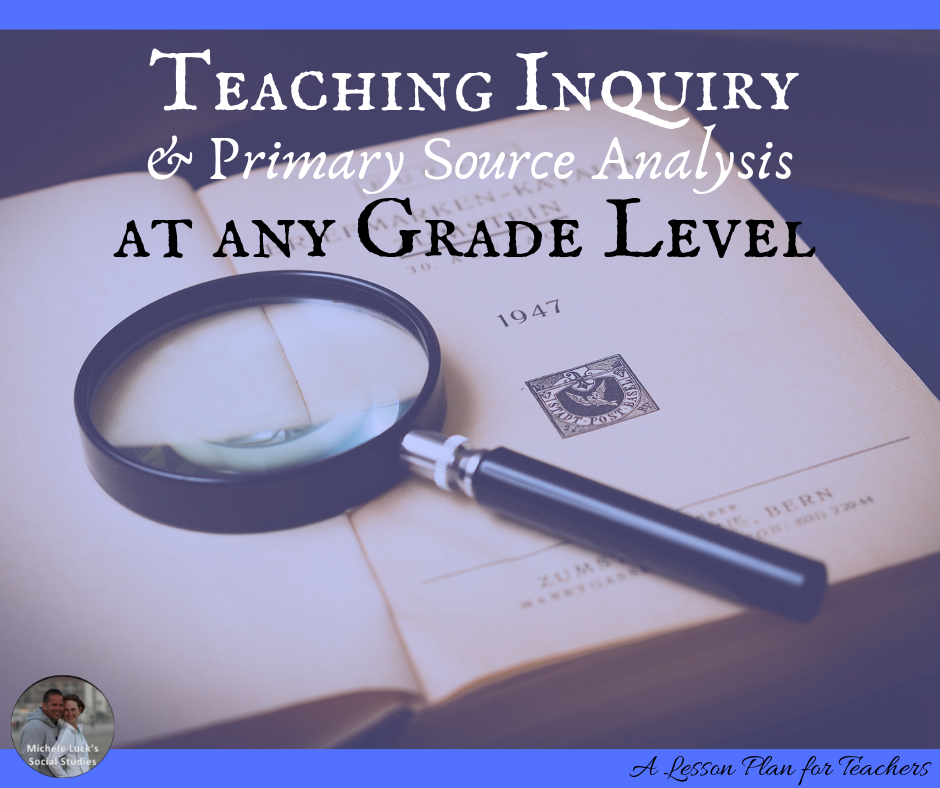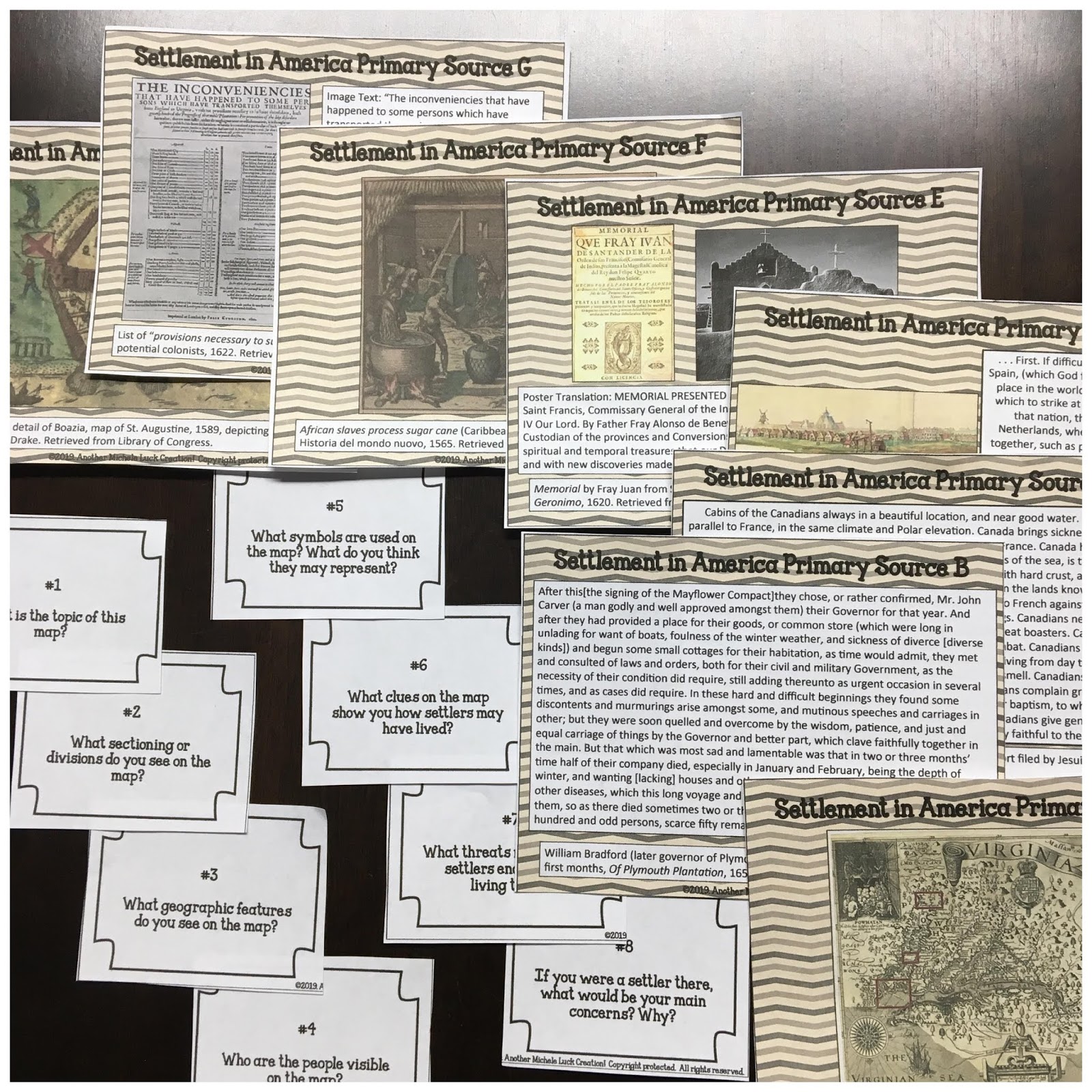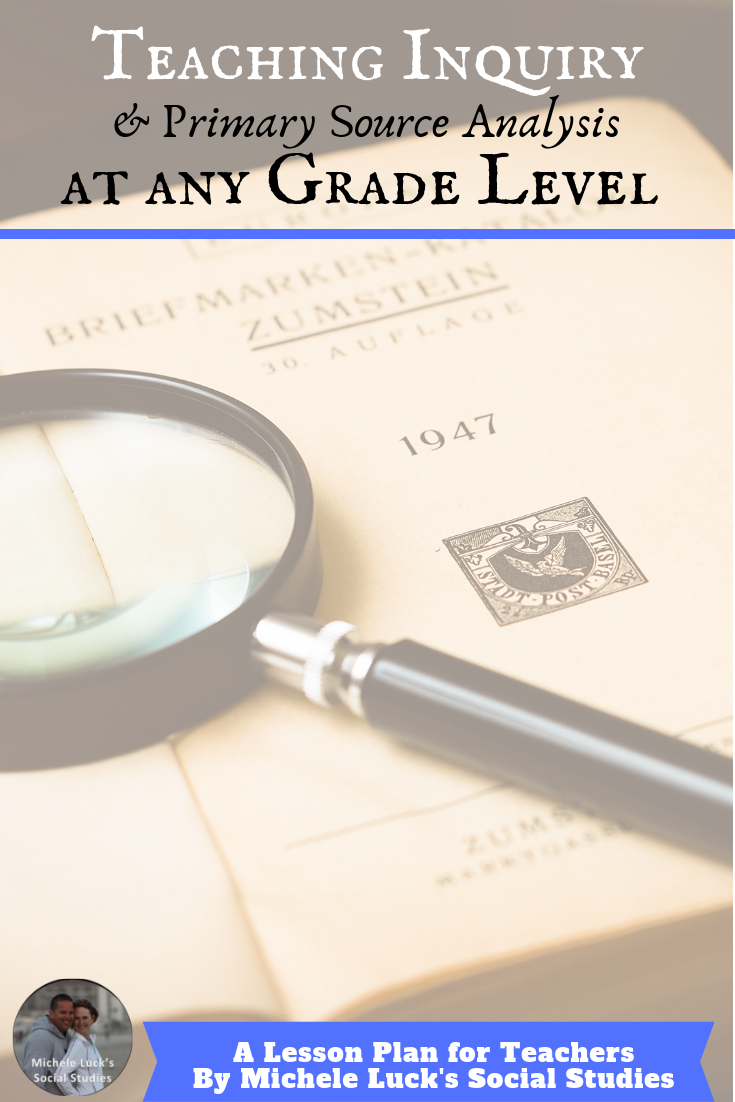Daycare, preschool, and kindergarten teachers may be familiar with the doe-eyed look staring back at them as they present their class with new, intriguing information. Parents have likely experienced the never-ending stream of consciousness that mounts in frustration as their toddler asks a hundred and one questions and continually prods, never satisfied. Unfortunately, teachers and parents of older children may see that spark of curiosity less often. They may experience a child’s intrigue as it dwindles. Sometimes, they don’t even notice that the intensity of inquiry has slipped away.

As adults in today’s world, we are continuously busy, immersed in work or technology, and we often forget about the sense of intrigue, the amazement of discovery, the engagement that we once felt as we learned a new skill or fact. Unfortunately, our children lose this desire to inquire earlier and earlier with each passing generation. Though our common classroom challenges, like incorporating common core, preparing for standardized testing, squeezing in assemblies and school-wide events and award ceremonies, take up a lot of our class time, finding time to encourage inquiry at an early age, and throughout elementary school (and middle school… oh, and high school, too!) is so critical for student development and growth.
Teaching inquiry and primary source analysis doesn’t have to be disingenuous or inconsistent with the rest of your lesson plans. Instead, focusing on content while practicing the skills of inquiry, primary source analysis, and critical thinking, can be a natural way to integrate inquiry into your classroom, no matter the grade level.
Strategies of Inquiry
Spiral questioning: Use an easy-to-hard questioning format to build confidence, encourage the path of inquiry, and learn foundational information that can be strengthened and expanded upon with more complex questions.
Student collaboration: Encourage discussion and inquiry by pairing students together or in groups, presenting them with opportunities to experience different viewpoints and perspectives and expand their innate knowledge with this change in perspectives.
Open-ended questions: Use short answer (or short essay) questions to ensure deeper student processing and critical thinking.
Increased student choice: Create greater engagement and deeper inquiry by providing students multiple choices to decide their method or activity of learning.
Teacher Perk! By encouraging inquiry in the classroom, teachers spend LESS TIME grading for accuracy and instead encourage students to think critically and support their opinions with evidence.
Allowing a “wrong” answer in analysis and inquiry activities provides students the opportunity to answer without the fear or anxiety of getting it wrong. This opens the door for greater discussion and more inquiry, analysis, and critical thinking, and students are more likely to get to the “right” answer because they’re searching for and dissecting information to support their answer.

Elementary school teachers, Explore Early America with your students while analyzing primary sources, using task cards to encourage inquiry, and facilitating group collaboration.

Middle school teachers, Excavate Ancient Civilizations with your class as students explore images and analyze text to spark inquiry.

High school teachers, Dissect WWI Propaganda in your classroom by studying and analyzing propaganda of wartime, using inquiry tools and encouraging deeper analysis.
 Welcome your students (of all ages) to introduce their inner Sherlock Holmes and embrace their Elementary-my-dear curiosity, no matter what their age or grade level. While the child-like sense of wonder often dwindles as children grow older and face the ‘real world,’ teaching them to foster this interest will lead them to seek out these skills later in life, and in future classes, too.
Welcome your students (of all ages) to introduce their inner Sherlock Holmes and embrace their Elementary-my-dear curiosity, no matter what their age or grade level. While the child-like sense of wonder often dwindles as children grow older and face the ‘real world,’ teaching them to foster this interest will lead them to seek out these skills later in life, and in future classes, too.
Happy Teaching!
